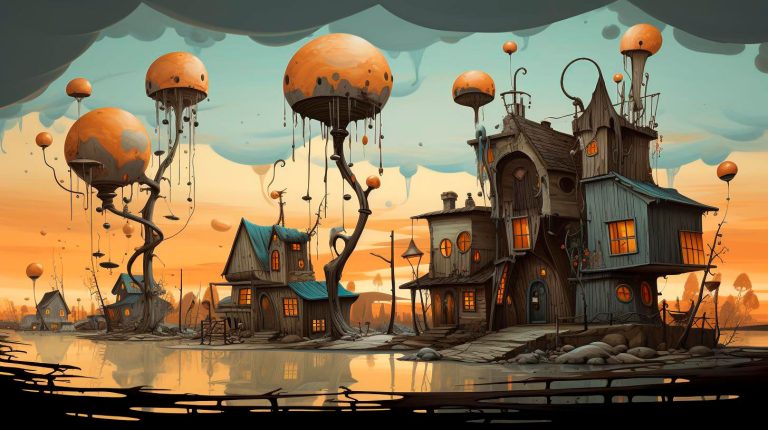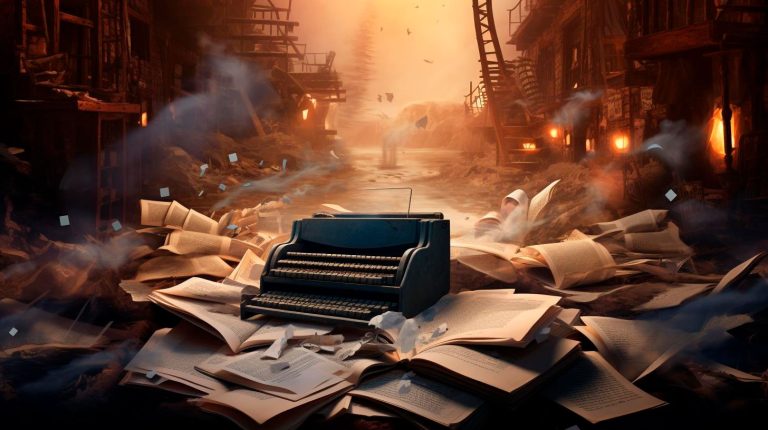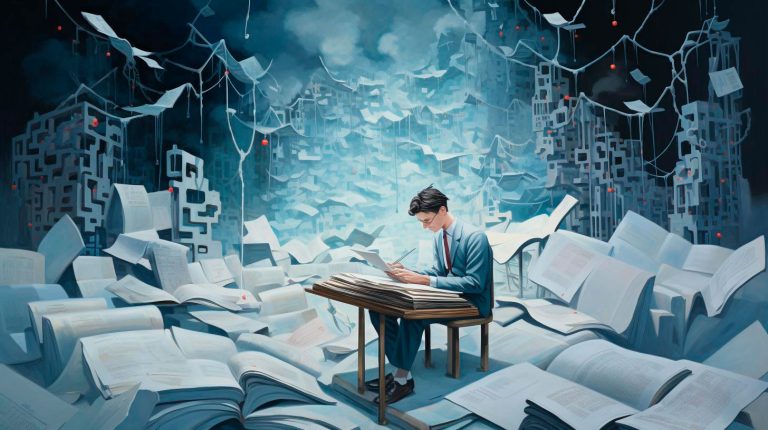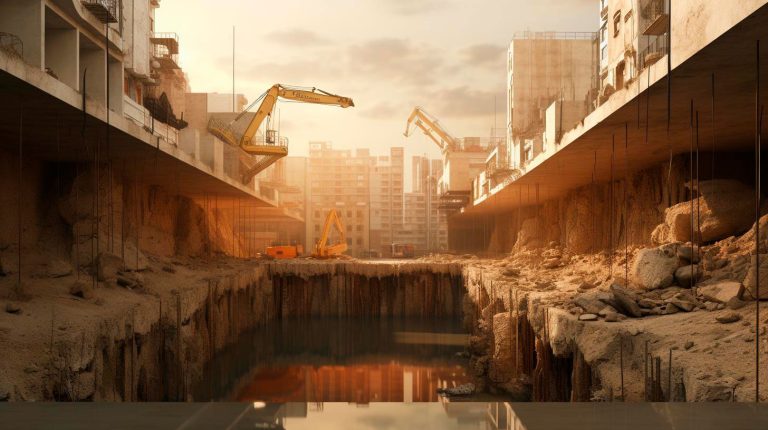By intentionally blurring moving elements in the frame, photographers can create stunning images that convey a sense of movement and energy.
In this blog post, we will delve into the world of long exposure photography with motion and explore the techniques, benefits, and key takeaways from this captivating art form.
Techniques for Long Exposure Photography with Motion
Whether you are a beginner or an experienced photographer, capturing stunning long exposure images with motion requires a combination of technical expertise and creative vision. Here are some techniques to help you master this art form:
- Use a tripod: To create a sharp and steady base for your images, a sturdy tripod is essential. It eliminates camera shake and allows for long exposure times without compromising image quality.
- Select a slow shutter speed: To capture movement effectively, choose a slow shutter speed. Experiment with various speeds to achieve the desired effect, whether it’s a slight blur or a dramatic streak of motion.
- Add motion to your frame: Incorporate elements in your scene that will move during the exposure, such as flowing water, clouds, or people. These moving subjects will create dynamic trails and patterns in your final image.
- Use neutral density filters: Neutral density (ND) filters reduce the amount of light entering your camera, allowing for longer exposure times. This is particularly useful in bright conditions or when you want to capture motion during daylight hours.
- Experiment with exposure time: Long exposure photography is all about experimentation. Try different exposure times to achieve varying effects. A longer exposure will result in more pronounced motion blur, while a shorter exposure will retain more detail in the moving subjects.
The Advantages of Long Exposure Photography with Motion
Long exposure photography with motion offers a range of advantages and allows photographers to unleash their creativity in unique ways. Some key advantages include:
- Expressing the passage of time: Long exposure photography captures time in a single frame, showing the motion and evolution of a scene. It can transform a bustling city street into a mesmerizing streak of lights or turn crashing waves into ethereal mist.
- Creating a sense of mystery: Blurring moving elements in an image can create an enigmatic and dreamlike atmosphere. The intentional use of motion blur can add an element of intrigue and make viewers question what is happening in the image.
- Emphasizing the main subject: By contrasting the sharpness of a static subject against the blurred motion of its surroundings, long exposure photography draws attention to the main subject, creating a visually striking composition.
- Showcasing patterns and trails: Capturing the movement of people, vehicles, or natural elements can result in captivating patterns and trails that are not visible to the naked eye. These intricate details add depth and visual interest to an image.
- Unleashing creativity: Long exposure photography ignites the imagination and invites experimentation. By exploring this technique, photographers can discover new ways to interpret and portray the world around them.
Key Takeaways: The Art of Long Exposure Photography with Motion
Long exposure photography with motion offers photographers a creative outlet to capture moments in a unique and dynamic way. Remember these key takeaways for mastering this technique:
- Invest in a sturdy tripod to eliminate camera shake and ensure sharp images.
- Experiment with slow shutter speeds to create various degrees of motion blur and capture movement effectively.
- Capture moving subjects within your frame to add a sense of energy and dynamism to your images.
- Consider using neutral density filters to control exposure and extend shutter times.
- Allow yourself to be creative and embrace the unpredictability of long exposure photography.
In Conclusion
Long exposure photography with motion opens up a whole new realm of possibilities for photographers. By embracing this technique, you can elevate your images from being static moments to dynamic scenes that convey a sense of movement and emotion. Remember to adhere to the technical aspects of long exposure photography while allowing yourself the freedom to experiment and explore. So grab your camera, find a captivating subject, and embark on a journey that goes beyond stillness and into the world of motion.
















+ There are no comments
Add yours